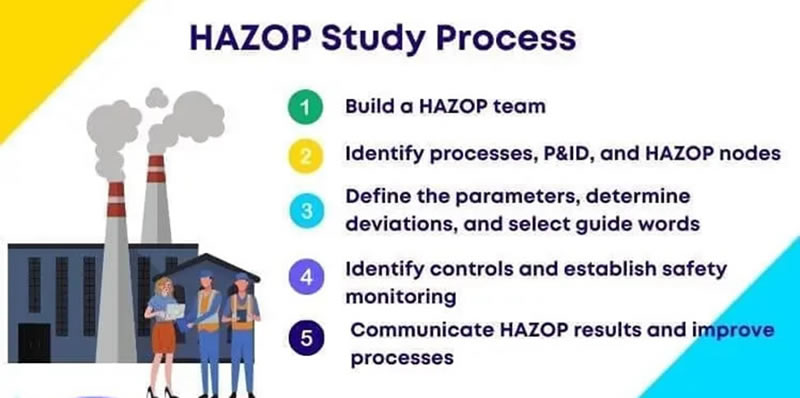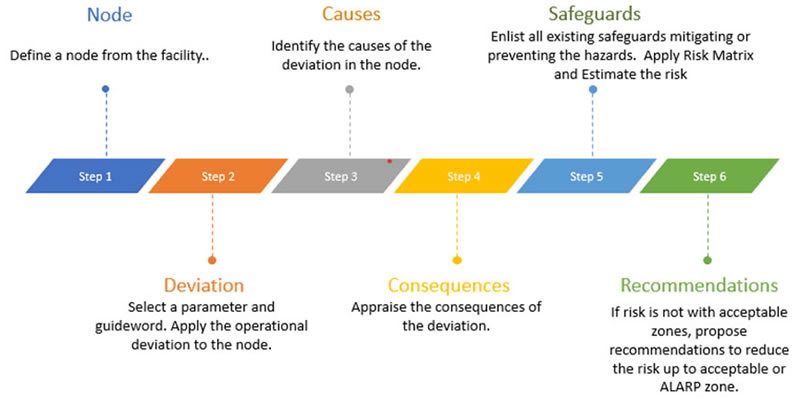
Course Overview
This 5-day course focuses on safety engineering studies through the examination of real-world case studies. Participants will delve into various safety engineering methodologies including Hazard Identification (HAZID) and Hazard and Operability (HAZOP) studies, plant layout analysis, Quantitative Risk Assessment (QRA), and consequence analysis methodologies.
Through a combination of theoretical lectures and hands-on case studies, participants will gain practical insights into safety engineering practices and enhance their ability to identify, assess, and mitigate risks in industrial settings.


Participants
Safety engineers
Process engineers
Plant managers
Prerequisites
Basic understanding of safety engineering principles
Familiarity with industrial processes and operations
Learning Assessment
Continuous assessments all-along the program.
Final assessment including a presentation in front of a jury
Program
Day 1: Introduction to Safety Engineering Studies
Overview of safety engineering methodologies
Importance of safety studies in industrial environments
Introduction to HAZID and HAZOP workflow and application
Day 2: Hazard and Operability (HAZOP) Studies
Understanding the HAZOP process
Application of HAZOP studies in identifying process hazards and operability issues
Hands-on exercises and case studies
Day 3: Plant Layout Analysis
Importance of plant layout in process safety
Principles of effective plant layout design
Case study analysis of plant layout considerations
Day 4: Quantitative Risk Assessment (QRA)
Introduction to Quantitative Risk Assessment (QRA)
Methodologies for conducting QRA
Application of QRA in assessing and managing risks
Day 5: Consequence Analysis Methodologies
Overview of consequence analysis methodologies
Techniques for assessing the consequences of process safety incidents
Case studies and practical applications
